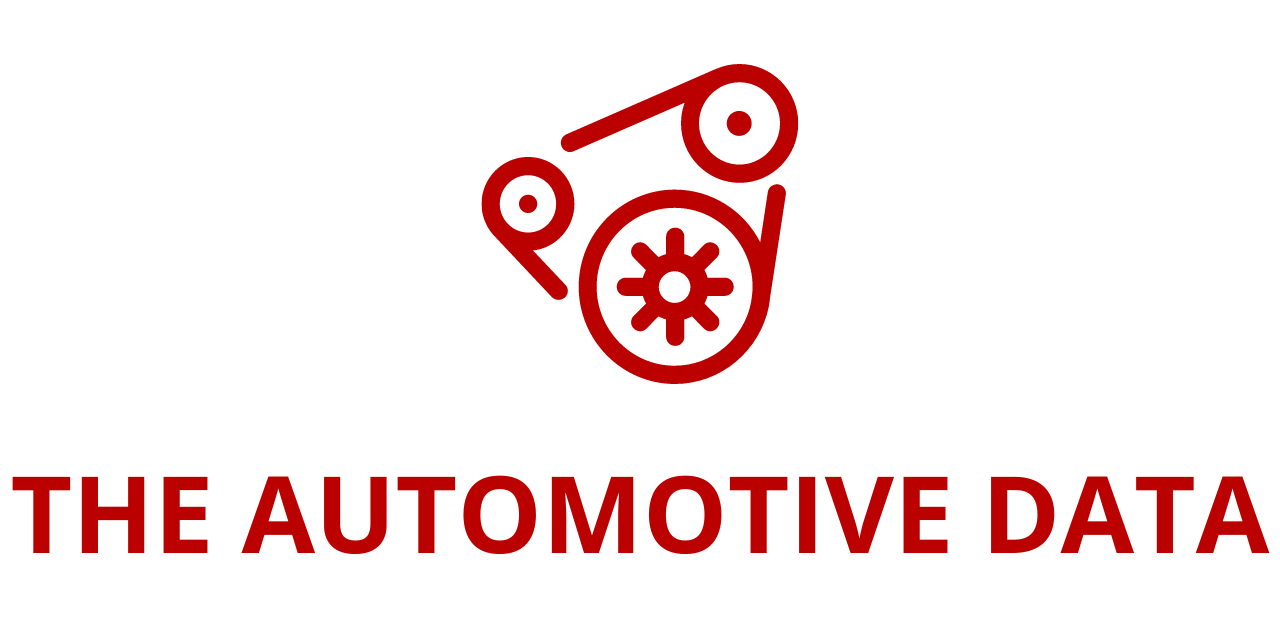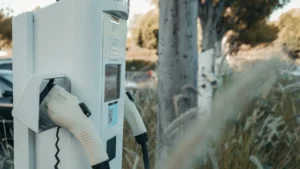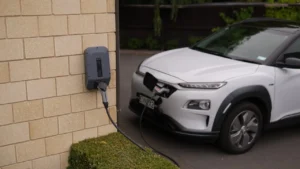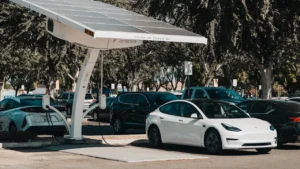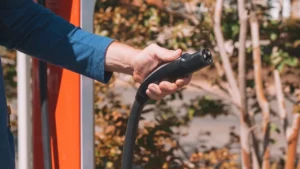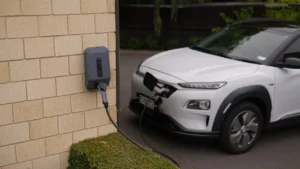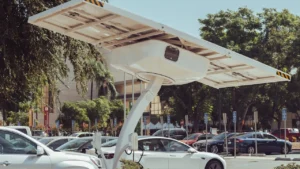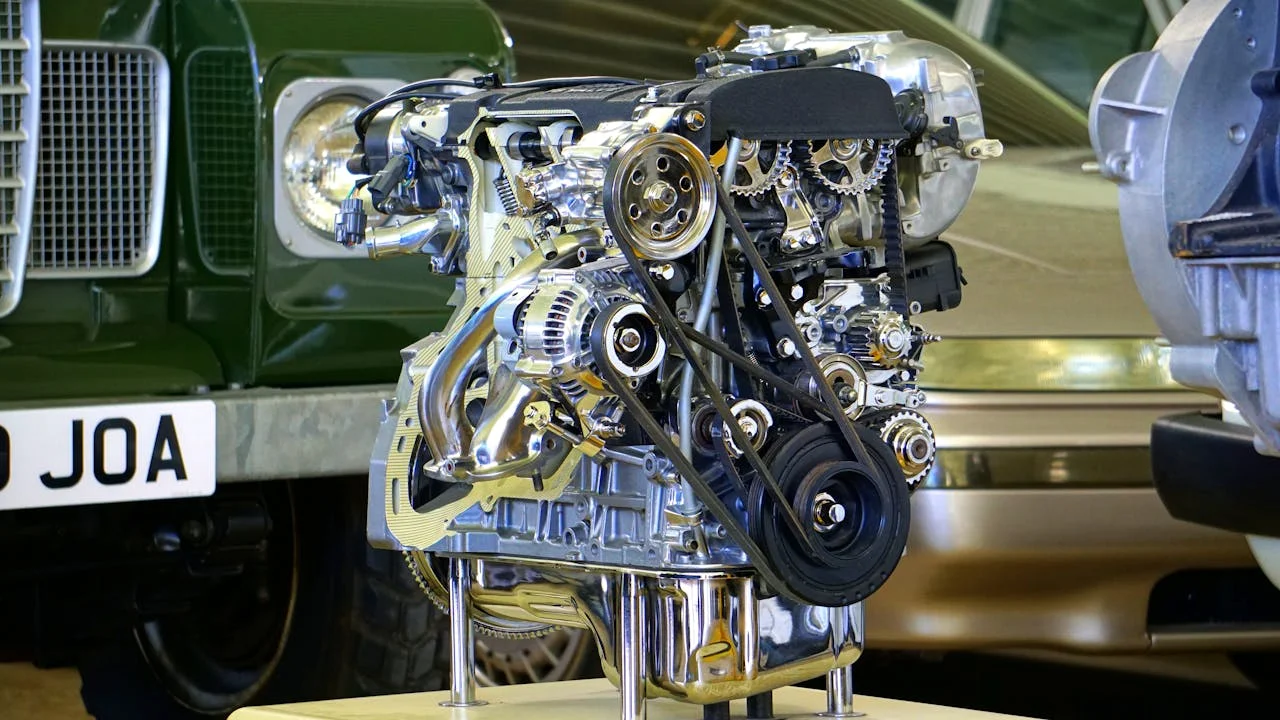
Subaru Corporation (Subaru), Toyota Motor Corporation (Toyota), and Mazda Motor Corporation (Mazda) are joining forces to develop new engines designed for the electrification era and the pursuit of carbon neutrality. These engines will be optimized for integration with motors, batteries, and other electric drive units. By making engines more compact and compatible with various carbon-neutral (CN) fuels, the companies aim to revolutionize vehicle packaging and decarbonize internal combustion engines (ICEs).
Driven by a deep understanding of their customers’ diverse lifestyles, Subaru, Toyota, and Mazda are committed to developing signature engines that not only embody their respective brands but also meet their customers’ unique needs and preferences. With a shared passion and purpose, the companies view carbon as the enemy and strive to expand options for achieving carbon neutrality.
Under the extreme conditions of racing, these efforts include competing with vehicles powered by liquid hydrogen and CN fuels. This has clarified the role future engines will play in achieving carbon neutrality, aiming to enhance both standalone engine performance and their integration with electric drive units.
The new engines will be highly efficient, powerful, and more compact than existing models. This compactness will allow for lower hoods, improving design possibilities, aerodynamic performance, and fuel efficiency. Additionally, the engines will comply with increasingly strict emissions regulations by shifting away from fossil fuels and being compatible with e-fuel, biofuels, and liquid hydrogen.
Comments from the CEOs:
“A carbon-neutral society is a challenge that must be undertaken by all of Japan’s industries and society as a whole. As we refine electrification technology, we will also enhance our horizontally-opposed engines to use carbon-neutral fuels. Subaru, Toyota, and Mazda will advance sustainable excellence in Japanese car manufacturing together.”
— Atsushi Osaki, Representative Director, President and CEO, Subaru Corporation
“Providing customers with diverse options for carbon neutrality requires evolving engines to match the future energy environment. Subaru, Toyota, and Mazda, sharing the same aspirations, will refine engine technologies through friendly competition.”
— Koji Sato, President, Member of the Board of Directors, and CEO, Toyota Motor Corporation
“We will continue to offer exciting cars by enhancing internal combustion engines for the electrification era and expanding multi-pathway possibilities for carbon neutrality. With the rotary engine’s compatibility with electrification and CN fuels, Mazda will continue developing this technology to contribute broadly to society.”
— Masahiro Moro, Representative Director, President, and CEO, Mazda Motor Corporation
Subaru, Toyota, and Mazda, despite competing in the market with unique engines and cars, share a dedication to achieving carbon neutrality through a multi-pathway approach. Together with like-minded partners, they will shape the future of Japan’s auto industry.
Notes:
- CN fuels have net zero CO2 emissions across their lifecycle, including e-fuel made from hydrogen and carbon dioxide, and biofuels from biomass.
- Each company’s iconic engines:
- Subaru: Horizontally-opposed engine, offering a low profile with less vibration and a lower center of gravity.
- Toyota: Inline-four engine, providing high output and thermal efficiency.
- Mazda: Rotary engine, compact, lightweight, and powerful, currently used for generators.
